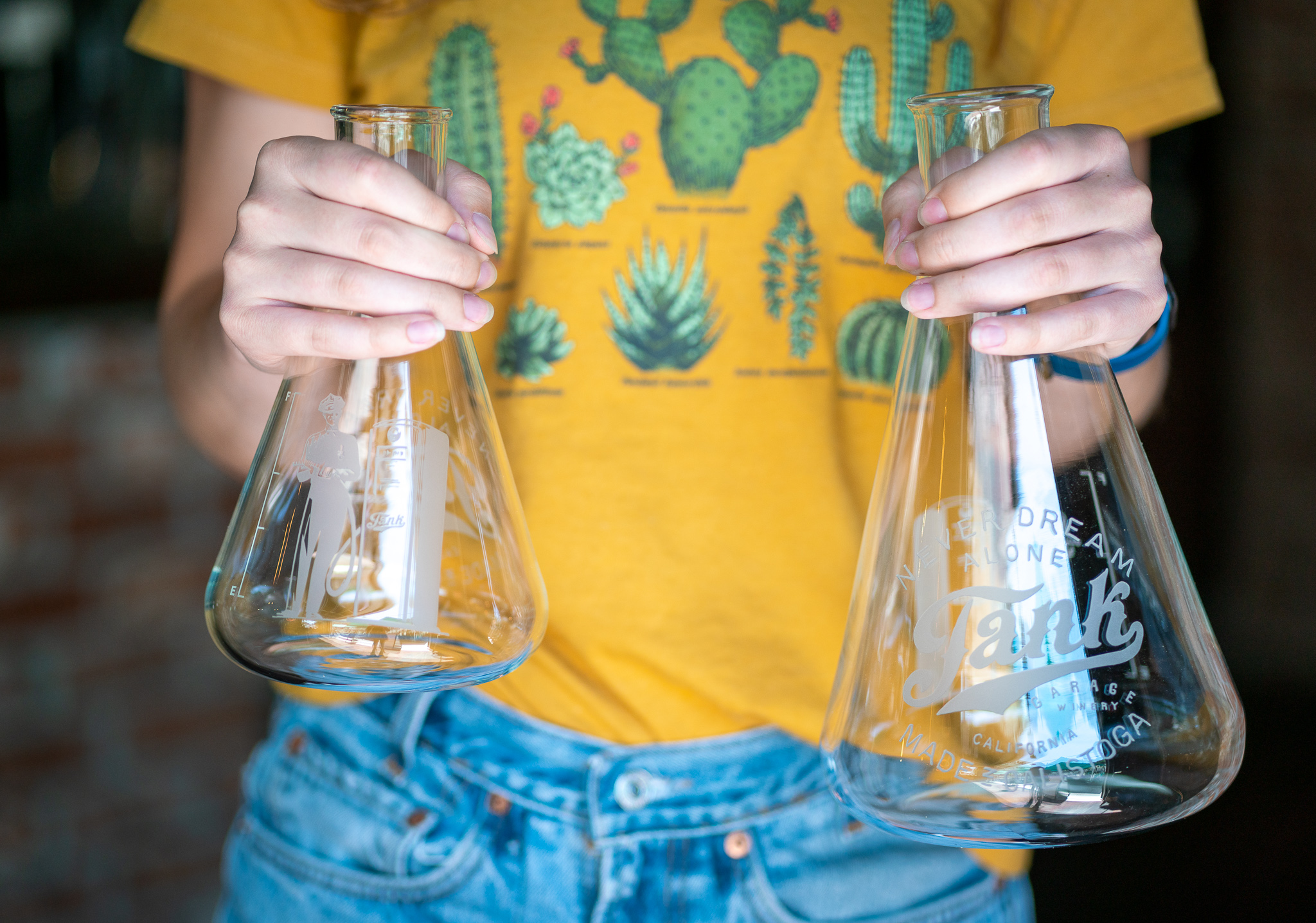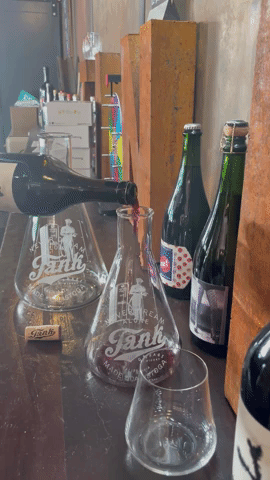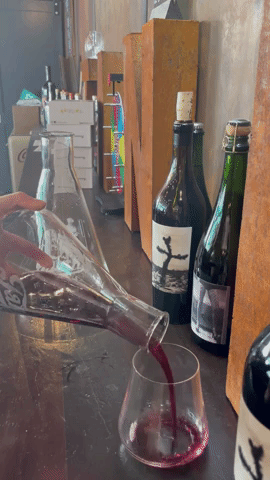Lubrication Blog
Decanting 101
A $0 Trick to Make Any Bottle of Wine Taste Even Better

Decanting wine is the art of slowly pouring your wine from its original bottle into a glass vessel or decanter. Decanting has numerous benefits, including separating the sediment from the liquid. This is especially helpful for red wines, especially older wines and vintage ports, which hold the most sediment while young white wines contain the least. Sediment is not harmful, but tastes...unpleasant.
Decanting also enhances a wine's flavor by exposing it to fresh air and allowing it to "breathe." Aeration enhances a wine’s flavor by softening tannins and releasing the gases that have developed in the absence of oxygen. Decanting wine lets the dormant flavors and aromas to expand.
1. Sit 'Em Up
If you've been storing your wine horizontally (as you should 👏), now is the time to sit them upright to let any sediment settle to the bottom. Usually 24 hours before serving is recommended.
2. Pour
Slowly pour your wine into the decanter vessel. Our laboratory-quality glass Erlenmeyer flasks are perfect because they come in two sizes: 750 Ml or 1.5 L. If sediment starts pouring to the top, sit it upright again and let it settle. Repeat until there is no wine left in the bottle.

3. Swirl
Swirl the wine in the decanter and let it sit. A general rule of thumb is to decant most red wines for 15 minutes.

4. Serve!
Make sure to recork the decanted wine within 18 hours.

*Tips & Tricks*
Can you decant white wine?
Yes, especially orange wines or expensive white wines that taste a little tight. Generally speaking, you should try the wine before decanting to determine if it could benefit from a bit of oxygenation.
No decanter?
No problem. Any clean glass vase, carafe, pitcher, etc. will do. The vessel does not matter. The point is to introduce the wine to some air.
Broken Cork?
Occasionally, a cork may break, dispersing pieces you don’t want in your wine glasses. While pouring, the cork gathers near the neck of the bottle as you decant into another vessel (same as sediment). If the cork disintegrates, you can use a strainer while decanting to filter out the smaller pieces.
Which wines don't need decanting?
Sparkling! Generally speaking, sparkling wines thrive most when they have a bounce, which decanting and aerating reduce (like a flat soda). Although, lately it has become trendy to decant sparkling wines that need opening up. Always try your wine first before deciding!
How long should I decant?
Red Wines: 20 minutes to 2 hours, depending on the style
White Wines and Rosé: up to 30 minutes
Sparkling wines (if you dare): up to 15 minutes
Now through 7/31, take 5% off our decanters with code DECANTEVEN
🧪 Just be sure your goofy hump-backed assistant refills it with wine and not some experimental concoction 🧪